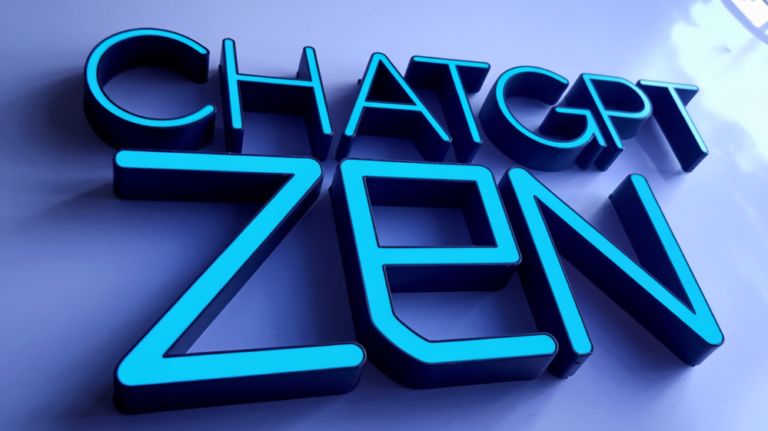Given the open-source Code LLMs from 2B to 16B model size, now we can fine-tune our CODE LLM with our Instruction Fine-tuning data set. Real-time demo: Colab NB to fine-tune a Code LLM (StarCoder) on a specific data set.
The author discusses the process of fine-tuning code language models (LLMs) and provides instructions on how to perform it. They emphasize the importance of creating a fine-tuning dataset with specific instructions for improved performance. The author demonstrates examples of providing instructions and input-output pairs for code generation tasks, such as writing Python code for prime numbers or cosine similarity calculations.
The text also delves into the technical aspects of setting up the environment for fine-tuning. It mentions the installation of various libraries and dependencies, such as Torch, Transformers, and PEFT (Parameter Efficient Fine-Tuning). The author provides instructions for logging in to Hugging Face and Weights & Biases platforms, which are utilized for the fine-tuning process. They highlight the disk space and GPU memory requirements for running the fine-tuning process effectively.
Furthermore, the author briefly mentions other code generation models such as Microsoft Copilot, CodeWhisperer from Amazon, GitHub's new Copilot X (based on GPT-4), OpenAI's code interpreter, and Google's Palm Coder. They provide insights into the inner workings of LLMs, explaining that the models treat both human language and code as linear sequences of tokens encoded using transformer architecture. The author also discusses techniques like causal masking and infilling used in training LLMs.
Overall, the text provides technical instructions and insights into fine-tuning code LLMs, highlighting the importance of instruction-based fine-tuning datasets and discussing various models and techniques in the field.
#ai
#gpt
#coding
#languagemodel
#finetune
#finetuning










